Chapter 7
Small Business and Entrepreneurship
By Boundless
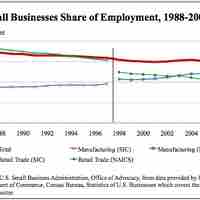
Half of the U.S. private sector is populated by small businesses and the other half by large businesses.

Industries with high concentrations of small and medium businesses generally do not require enormous capital investment up front.

Successful entrepreneurs have a unique set of personal characteristics, including the drive to take risks and embrace failure.
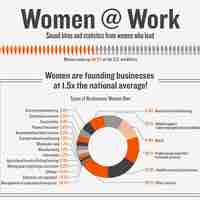
Due to technological aptitude, unemployment, and lack of dependents, a sizable percentage of U.S. entrepreneurs are young.
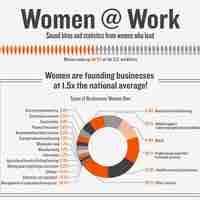
Due to technology, unemployment and lack of dependents - a sizable portion of U.S. entrepreneurs are young risk-takers.
As the creator, organizer and manager of a business, a business owner is critical to the success or failure of a given venture.
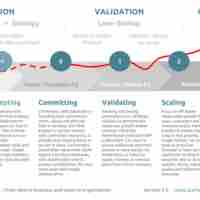
Small business owners may encounter significant stress due to the high risk of running a small business and the wide variety of competencies required of the job.

Small Business Administration statistics show that one-third of all new businesses fail after two years, and 56% fail after four years.

A business plan is a formal statement of a set of goals, the reasons they are believed attainable, and the plan for reaching those goals.
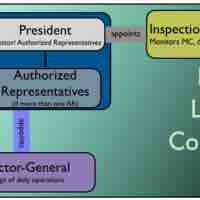
A company has several options when it comes to the legal structure of ownership.

A company can be self-financed or financed through the solicitation and participation of outside investors.

The Small Business Administration (SBA) is a United States government agency that provides support to entrepreneurs and small businesses.